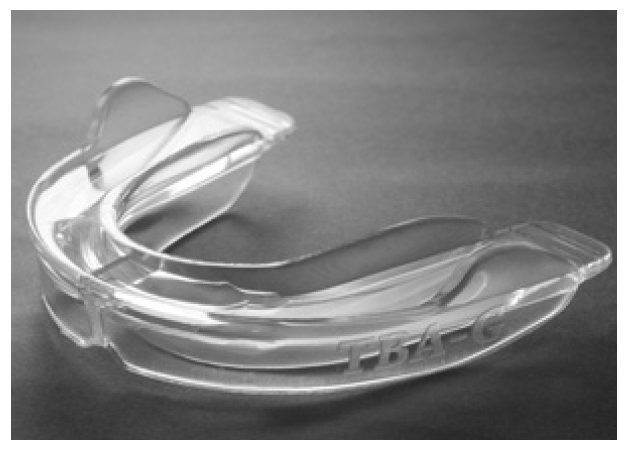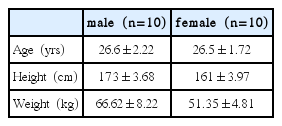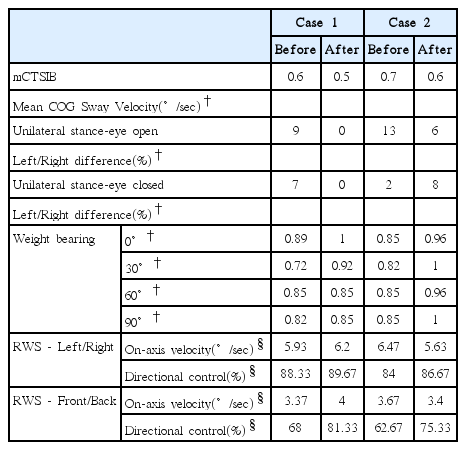A Comparison Study of Postural Control Measures Between Before and After Applying Temporomandibular Joint Balance Appliance-Golf (TBA-G) Using Balance Master System
Article information
Abstract
Objectives
The purpose of this study was to examine whether Temporomandibular Joint Balance Appliance-Golf (TBA-G) can improve postural control ability of healthy adults.
Methods:
Twenty participants (10 male, 10 female) aged 20 to 39 years were involved. Postural control ability of all participants was assessed before and after applying TBA-G with Balance Master® system. Modified clinical test sensory interaction on balance (mCTSIB), unilateral stance, weight bearing and rhythmic weight shift were used to evaluate postural control ability.
Results:
After applying TBA-G, mCTSIB on a firm plate with eyes open increased from 0.2 to 0.23 (p<0.05) but directional control was improved in slow and moderate velocity of front/back rhythmic weight shift test (P<0.05). In two cases with postural imbalance, most of the postural control measures improved after applying TBA-G.
Conclusions:
The results suggest that TBA-G could improve balance control ability. A larger controlled trial is needed to determine more accurately the effect of TBA-G on balance control ability.
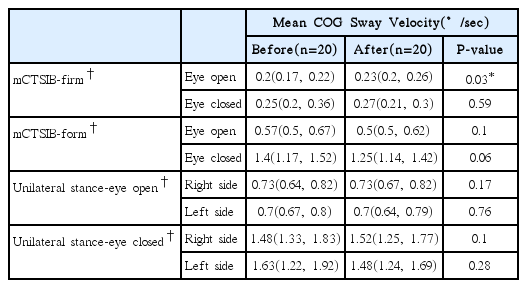
Comparison of Mean Center of Gravity(COG) Sway Velocity between before and after applying Temporomandibular Joint Balance Appliance-Golf(TBA-G).
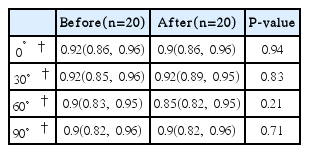
Comparison of Weight bearing rate before and after applying Temporomandibular Joint Balance Appliance-Golf(TBA-G).
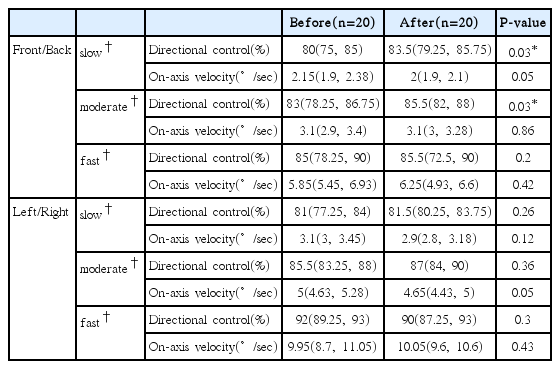
Comparison of Directional control and On-axis velocity during the Rhythmic Weight Shift before and after applying Temporomandibular Joint Balance Appliance-Golf(TBA-G).
